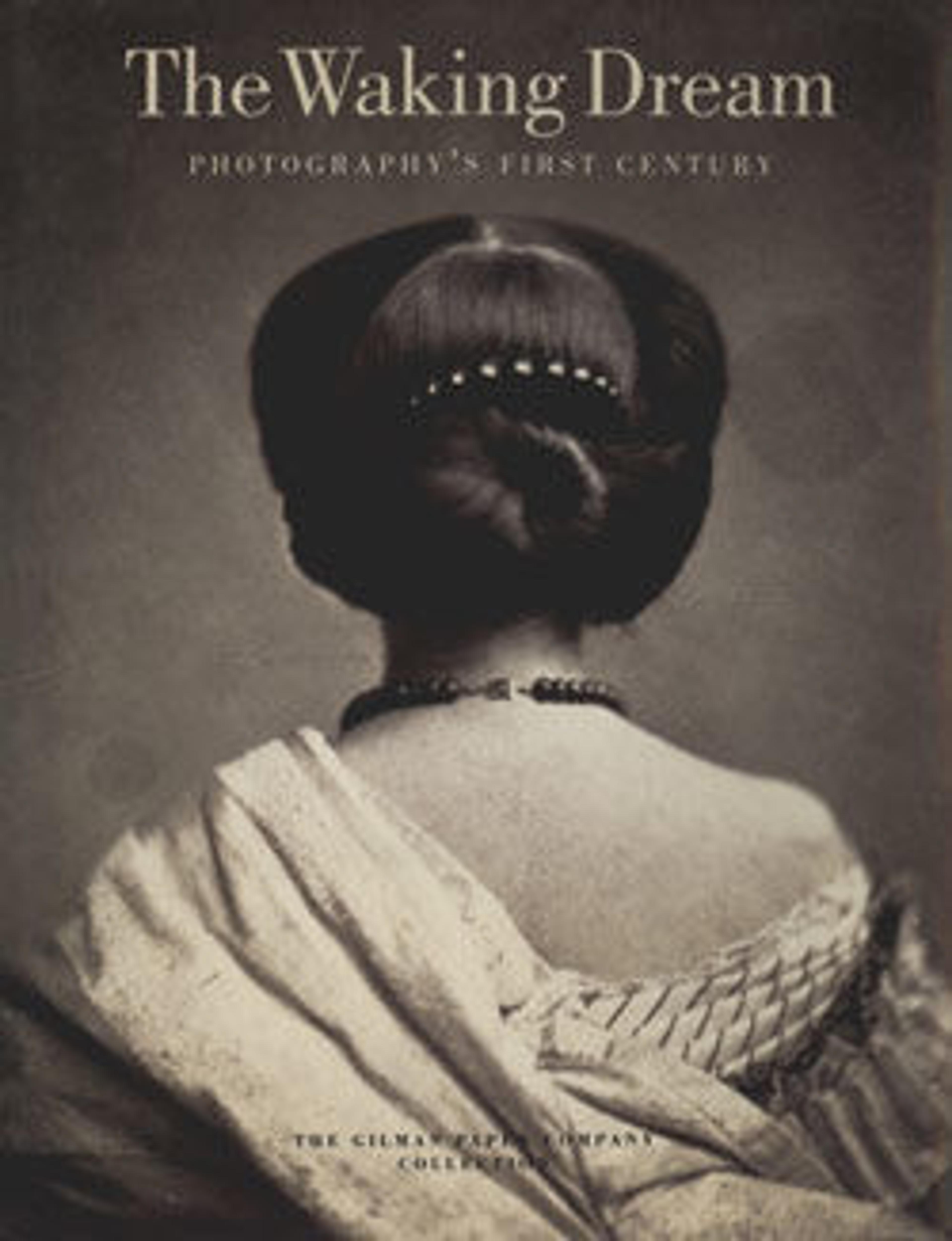On the Hillside (A Study in Values)
A leader of Pictorialist photography in Europe, Heinrich Kühn was a major figure of the Vienna Camera Club and a member of the Kleeblatt, a trio of photographers that included Hans Watzek and Hugo Henneberg. Exhibiting together until 1903, they perfected the gum bichromate printing process and made large pictures composed of broad, rich tonal masses that involved a high degree of handwork; their photographs took on the appearance of mezzotints, aquatints, and other traditional processes of graphic art. Kühn was elected in 1896 to the progressive British photographic society The Linked Ring, and his international reputation was confirmed in major exhibitions such as that of the Munich Secession in 1898. Stieglitz, with whom he started a long correspondence the following year, published his photographs as photogravures in "Camera Work."
"On the Hillside" belongs to the later part of Kühn's photographic career when, without sacrificing the breadth of his vision, he moved away from the oversized, public scale of his moody landscapes of the 1890s and turned to more intimate motifs--portraits, domestic still lifes, and views of the countryside surrounding Innsbruck. Members of his family resting, hiking, or at play in the open spaces of the Tyrolean hills were among his favorite subjects. With their hazy outlines and sensitive rendering of changing patterns of light and shade, these bucolic images belong to the world of late Impressionism. Here, the figure of Lotte, Kühn's youngest child, picking flowers on the incline of a hill, has been flattened into a luminous graphic shape, light and immaterial, whose delicate simplicity demonstrates the artist's superb eye for tonal values. Indeed, Kühn gave the picture the parenthetical title "A Study in Values" when he sent a photogravure version of this print to the International Exhibition of Pictorial Photography at the Albright Art Gallery in Buffalo in 1910.
"On the Hillside" belongs to the later part of Kühn's photographic career when, without sacrificing the breadth of his vision, he moved away from the oversized, public scale of his moody landscapes of the 1890s and turned to more intimate motifs--portraits, domestic still lifes, and views of the countryside surrounding Innsbruck. Members of his family resting, hiking, or at play in the open spaces of the Tyrolean hills were among his favorite subjects. With their hazy outlines and sensitive rendering of changing patterns of light and shade, these bucolic images belong to the world of late Impressionism. Here, the figure of Lotte, Kühn's youngest child, picking flowers on the incline of a hill, has been flattened into a luminous graphic shape, light and immaterial, whose delicate simplicity demonstrates the artist's superb eye for tonal values. Indeed, Kühn gave the picture the parenthetical title "A Study in Values" when he sent a photogravure version of this print to the International Exhibition of Pictorial Photography at the Albright Art Gallery in Buffalo in 1910.
Artwork Details
- Title:On the Hillside (A Study in Values)
- Artist:Heinrich Kühn (Austrian (born Germany), Dresden 1866–1944 Birgitz)
- Date:before 1910
- Medium:Platinum print
- Dimensions:Image: 23.2 x 29.2 cm (9 1/8 x 11 1/2 in.)
- Classification:Photographs
- Credit Line:Gilman Collection, Purchase, Mrs. Walter Annenberg and The Annenberg Foundation Gift, 2005
- Object Number:2005.100.440
- Curatorial Department: Photographs
More Artwork
Research Resources
The Met provides unparalleled resources for research and welcomes an international community of students and scholars. The Met's Open Access API is where creators and researchers can connect to the The Met collection. Open Access data and public domain images are available for unrestricted commercial and noncommercial use without permission or fee.
To request images under copyright and other restrictions, please use this Image Request form.
Feedback
We continue to research and examine historical and cultural context for objects in The Met collection. If you have comments or questions about this object record, please contact us using the form below. The Museum looks forward to receiving your comments.
